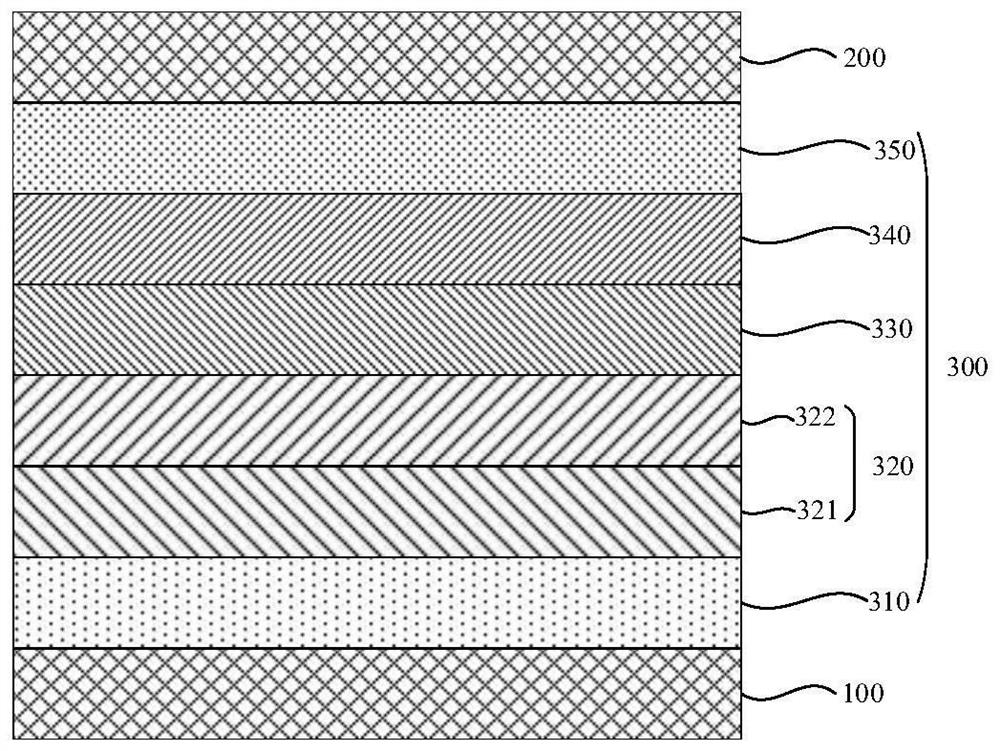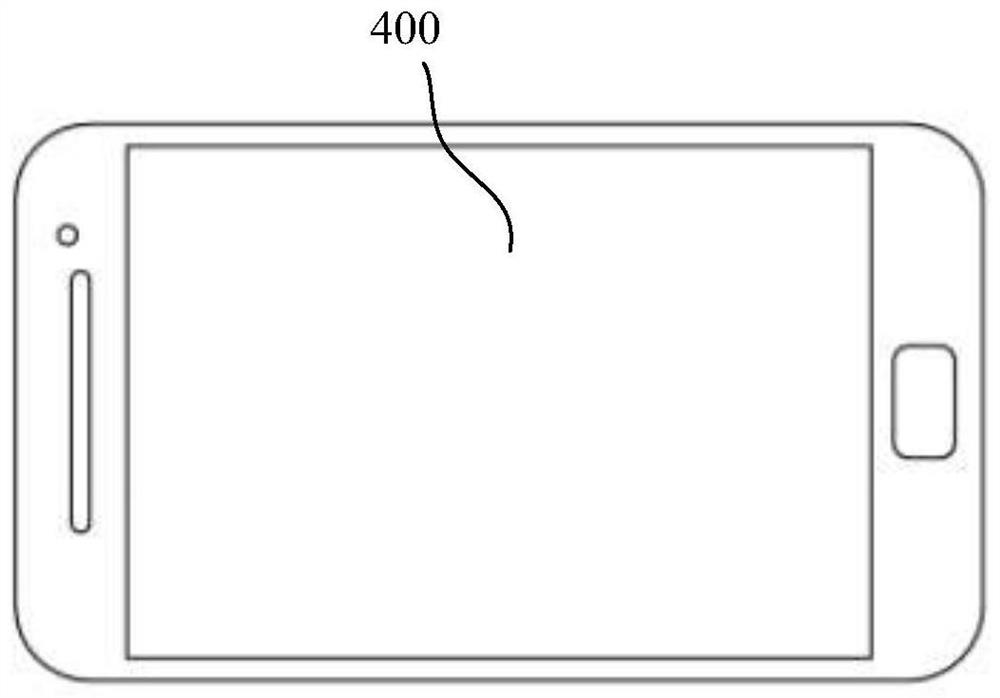Organic electroluminescent material, electronic component and electronic device
An electroluminescent material and luminescent technology, applied in luminescent materials, electrical components, organic chemistry, etc.
- Summary
- Abstract
- Description
- Claims
- Application Information
AI Technical Summary
Problems solved by technology
Method used
Image
Examples
Embodiment 1
[0303] The anode is prepared by the following process: the thickness is The ITO substrate (manufactured by Corning) was cut into a size of 40mm × 40mm × 0.7mm, and a photolithography process was used to prepare it into an experimental substrate with patterns of cathodes, anodes and insulating layers, using ultraviolet ozone and O 2 :N 2 A plasma surface treatment was performed to increase the work function of the anode (experimental substrate) and to remove scum.
[0304] Vacuum evaporation of F4-TCNQ on the experimental substrate (anode) to form a thickness of The hole injection layer (HIL), and NPB was evaporated on the hole injection layer to form a thickness of the first hole transport layer.
[0305] PAPB was vacuum evaporated on the first hole transport layer to form a thickness of the second hole transport layer.
[0306] On the second hole transport layer, compound 1:GH-N:Ir(ppy) 3 Co-evaporation was performed at a ratio of 60:40:10% (co-evaporation rate rati...
Embodiment 2~ Embodiment 89
[0310] Organic electroluminescent devices were fabricated by the same method as in Example 1, except that the compounds shown in Table 11 were used instead of Compound 1 when forming the light-emitting layer.
PUM
 Login to View More
Login to View More Abstract
Description
Claims
Application Information
 Login to View More
Login to View More - R&D
- Intellectual Property
- Life Sciences
- Materials
- Tech Scout
- Unparalleled Data Quality
- Higher Quality Content
- 60% Fewer Hallucinations
Browse by: Latest US Patents, China's latest patents, Technical Efficacy Thesaurus, Application Domain, Technology Topic, Popular Technical Reports.
© 2025 PatSnap. All rights reserved.Legal|Privacy policy|Modern Slavery Act Transparency Statement|Sitemap|About US| Contact US: help@patsnap.com



